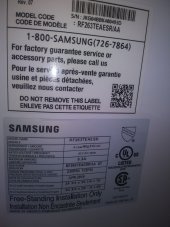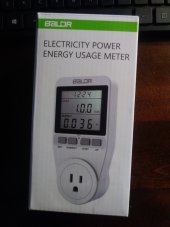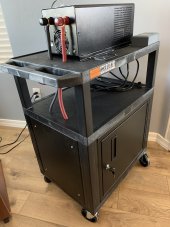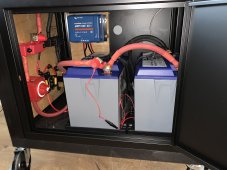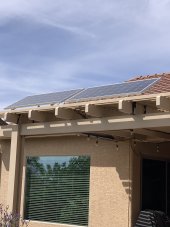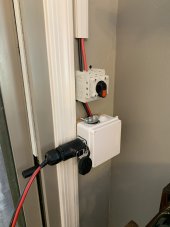Hi everyone,
Lets start out by saying I'm a solar dummy. Looking to build an small emergency system to run home Samsung refrigerator/freezer (AC115V/60Hz 5.3A) in sunny Arizona when grid goes down. Thinking of 3000w pure sine wave inverter with 40A controller, 2x 12V batteries. Will this work in 12v or do I need 24v system? Do I need more batteries to make this work? What PV panels are needed? Thanks for any suggestions you can offer. Never built a system before. Sorry, don't know much. RJ
Lets start out by saying I'm a solar dummy. Looking to build an small emergency system to run home Samsung refrigerator/freezer (AC115V/60Hz 5.3A) in sunny Arizona when grid goes down. Thinking of 3000w pure sine wave inverter with 40A controller, 2x 12V batteries. Will this work in 12v or do I need 24v system? Do I need more batteries to make this work? What PV panels are needed? Thanks for any suggestions you can offer. Never built a system before. Sorry, don't know much. RJ



